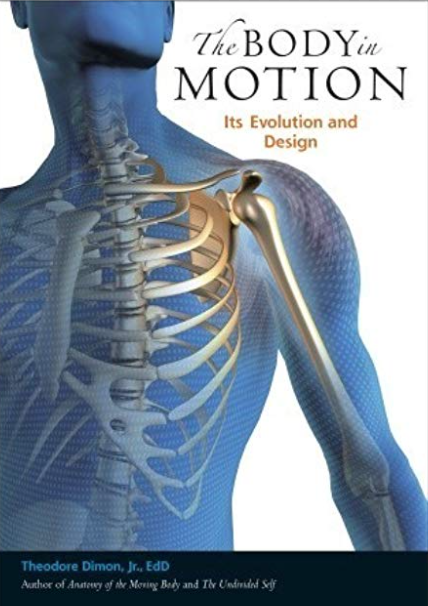
Whether you’re simply producing a sound, running a scale pattern, playing an etude, or improvising a phrase…none of this is possible without movement.
Now, that might seem obvious, but it has deep implications. You simply can’t have music without movement.
Even in computer-generated music, something has to move in order to produce music. Things have to be coordinated with respect to time so that we as listeners can have a meaningful, musical experience.
But in this post, I’m talking specifically about the movements you make on your particular instrument to produce music.
Without movement, without human movement, there is no musical expression on any type of acoustically generated instrument. You move air, you create friction on strings, you strike things…
And the quality of your musical expression is deeply conditioned by the quality of the movement you use to play your instrument.
Musicians are movers. To be a skillful musician, you must also be a skillful mover. Every single technical or pedagogic problem a musician is having is, by design, a problem with movement.
And I’m not just talking about the quality of the movement of the specific bodily parts that seem to be most involved in playing your instrument. I’m not talking only about skilled fingers, or hands, or feet, or facial muscles, per se. (Though these things are clearly important!)
No, I’m talking about something much broader: the coordination of your entire self.
I use that word, “self”, very carefully here. Because from a functional, neurophysiologic point of view, you are much more than a mass of flesh and bone playing an instrument. You are a whole, interdependently integrated organism, whose attention, (and intentions!) impact the quality of both your specific skill, and your overall coordination.
Movement is something that falls under an even larger umbrella called reaction. How you move in space, how you maintain posture and balance, how you hear/listen, how you use your time, are all under this umbrella.
As you play your instrument, you are constantly reacting to a plethora of stimuli, both internal and external (what you hear, imagine, feel, want, sense, etc.) How you react to all this stimuli is manifested through your movement.
And the quality of those movements can either support, or interfere with, your musical expression.
So pay gentle attention to how you move, to how you react moment to moment as you practice and perform on your instrument.
What is the overall quality of your movement? How would you describe it? Is it fluid, mobile, grounded, light and efficient? Do you have a dynamic relationship to the ground? Are you simultaneously free, and stable?
If you answered “no” to any of these questions, keep in mind that you can change. You have the capacity to choose more mindfully efficient ways to move.
My work as an Alexander Technique teacher is designed at helping musicians discover and restore the quality of movement that is most helpful to optimal musical performance. It is something that I not only teach, but that I also apply to my own musical practice every day. It enables me to discover ever more efficient movement possibilities when playing saxophone. It steers me toward clarity as I express myself musically.
So if you’d like to play your instrument with greater ease, expression and control, consider the overall quality of your movement. Give it top priority. Allow your neck and shoulders to move freely, let the ground support you, let your ribs move easily as you breathe, and aim at moving with a light, upward, and expansive quality.
Think “balance and mobility” rather than “position and posture”. Speak to yourself kindly. Take your time. Explore. Cultivate curiosity. Believe that there is always more ease available to you. (Because there is!) Move well, play even better. Enjoy!



